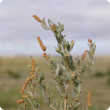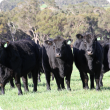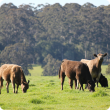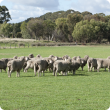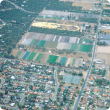Filter by regions:
- (-) Remove Great Southern filter Great Southern
- (-) Remove South West filter South West
- Peel (892) Apply Peel filter
- Mid West (858) Apply Mid West filter
- Wheatbelt (829) Apply Wheatbelt filter
- Goldfields-Esperance (722) Apply Goldfields-Esperance filter
- Perth regions (698) Apply Perth regions filter
- Gascoyne (559) Apply Gascoyne filter
- Kimberley (469) Apply Kimberley filter
- Pilbara (460) Apply Pilbara filter


